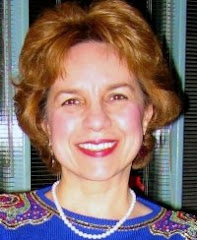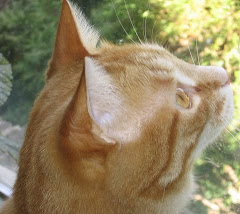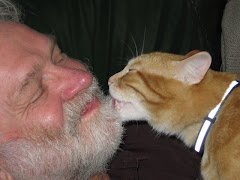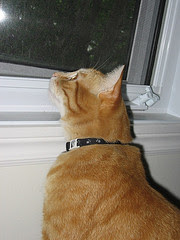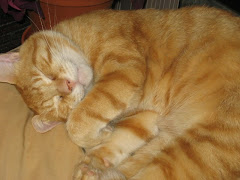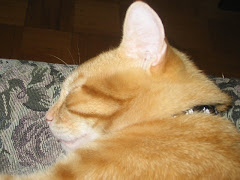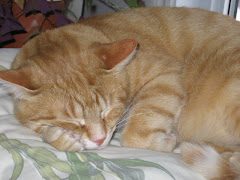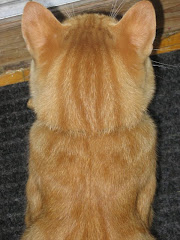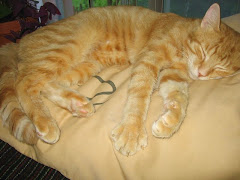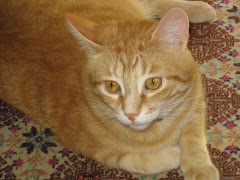
Like most living things, humans have evolved under the sun. We have learned to incorporate the rhythms of night and day, darkness and light, cold and warmth, into the functioning of our bodies. Over millennia, the human body has been shaped by the seasonal changes, and has developed mechanisms to deal with these changes.
Many of us respond to these changes through our emotions and behaviour. For some of us, however, the seasonal changes can disrupt our lives.
SAD, an acronym for seasonal affective disorder, was first recognized prior to 1845, but it was not named officially until the 1980s. It is a type of clinical depression which relates to amounts of light according to seasons, and it affects approximately five per cent of Canadians.
SAD symptoms set on every year at the same time, often starting in fall or winter and ending in spring or early summer. For the sufferers, it is more than just “the winter blues.” Although the specific cause of this condition is not known, it has been observed that the lack of sunlight causes the onset of the illness. One theory suggests that decrease in sunlight alters the mood, sleep and hormone regulators in the body.
Another theory is that melatonin, a sleep-related hormone produced at increased levels in the dark and released by the brain’s pineal gland, may cause symptoms of depression. In individuals with this disorder, information from the neurotransmitters to the brain may be altered.
SAD sufferers can counteract these imbalances by exposure to light. People who suffer from SAD share many of the known signs of depression such as anxiety, sadness, loss of interest in their usual activities and withdrawal from social endeavours. Extreme fatigue and lethargy, difficulty in staying focused, increased need for sleep, a craving for sweet and starchy foods, and weight gain are other tell-tale symptoms of this disorder.
SAD doesn’t discriminate by age, class, race or occupation. It can affect anyone, although it seems to occur more in younger people and women than in men. It gets worse in countries that are far from the equator, where there is a significant difference in the length of days from summer to winter.
Many SAD sufferers come from a family where a parent or a relative is predisposed to this ailment. It is estimated that 10 per cent of the population in the United States suffers from SAD. Doctors estimate that in the United Kingdom, Australia and Canada, five per cent of the population suffer from SAD, attributing the var- iation between the countries to the difference in awareness level of the population as well as the readiness of the sufferers to seek treatment for the disorder.
Sometimes physical problems may cause depression. But other times, symptoms of SAD can be part of a deeper and more complex psychiatric problem. A health professional should be the one to determine the level of depression and recommend the right form of treatment.
If you or someone you know has the symptoms of SAD, the first thing to do is see your doctor for a thorough examination to rule out another form of depression or major medical illness.
Here are a few helpful tips for anyone who has been diagnosed with SAD to cope with and even to overcome it:
• Follow a well-balanced diet, including sufficient amounts of vitamins and minerals as recommended by the Canada Food Guide for more energy. This means including fruits, vegetables and whole grains in your daily diet.
• Even though you may not feel like it, spending time outdoors even if it’s a cloudy day is a good idea. The light that filters through the clouds will still benefit you.
• Involvement in social activities and keeping in touch with friends can be a great support during the long and dreary winter months.
• Exercise is recommended by most health professionals. Aiming for a half-hour walk at least three times a week will not only give you exercise, but will also expose you to much coveted daylight.
If you still feel the symptoms after trying all these, do not wait to seek professional help and advice.
Cost of treatment
Dr. Raymond W. Lam is a professor and head of the division of clinical neuroscience, department of psychiatry at the University of British Columbia. He says SAD is a “subtype of clinical depression (major depressive disorder), so it is recognized as an official diagnosis. (Therefore) medical services related to SAD are certainly covered by provincial and workplace plans.”
But the type and the cost of treatment do vary according to provinces. MCP and Blue Cross in Newfoundland, for example, do not cover specific illnesses. Blue Cross, however, will cover certain specific recommended treatments, prescription medicine and counselling by approved psychologists.
As for light therapy, Lam says, “the light devices are reimbursed by some group insurance companies, depending on the coverage policy, but most provincial health plans are very limited in their coverage of medical devices.”
Light therapy is an effective treatment for SAD, as research now shows. It relieves symptoms in about 65 per cent of people affected by the disorder. Sometimes antidepressant medicine is used alone, or in combination with light therapy. Spending time outdoors during the day, as well as maximizing the amount of sunlight you’re exposed to at home and in the office can also be helpful
Many companies that offer extended health insurance coverage recognize the benefits of light therapy, its cost-effectiveness, and significant advantages over antidepressant medication. However, insurance coverage for treatment other than with medication is often limited, because it can increase premiums.
In Canada, a few companies have started reimbursing the cost of a phototherapy device. Phototherapy, a name given to light therapy, is administered by a device that contains white fluorescent light tubes covered with a plastic screen to block ultraviolet rays. The patient doesn’t look directly into the light, but he or she can read, knit or eat while sitting in front of the device at a distance of two to three feet.
Other treatments
Aromatherapy, treatment using scents, is a holistic treatment of the body with pleasant, scented botanical oils such as rose, lemon, lavender and peppermint. The essential oils are added to the bath, massaged into the skin, inhaled directly or diffused to scent an entire room. Aromatherapy helps to relieve the pain, alleviate tension and fatigue, reduce anxiety, promote relaxation and invigorate the entire body.
Certain herbs and plants have also proven to work in treating some cases of SAD. Two of these are St. John’s wort and lavender. Although the mechanism by which St. John’s wort acts as an antidepressant is not fully understood, early research indicated that this herb, which mildly inhibits the enzyme monoamine oxidase, is responsible for the breakdown of two brain chemicals — serotonin and norepinephrine. By inhibiting mono-amine oxidase and increasing nore- pinephrine, St. John’s wort may exert a mild antidepressive action.
Lavender has many uses in culinary, cosmetic and medicinal fields. It is effective for headaches, related to stress; and can be effective in the clearing of depression, especially if used in conjunction with other remedies. As a gentle strengthening tonic of the nervous system, it is used in cases of nervous exhaustion and weakness by promoting natural sleep. Externally, the oil may be used as a stimulating liniment to help ease the aches and pains of rheumatism. For depression, it combines well with rosemary, kola or skullcap.
Despite all the modern discoveries in natural or medical remedies, it is also worthwhile to look back at ancient wisdom. As far as SAD is concerned, no ancient writer offered more compelling advice than the physician A. Cornelius Celsus did to melancholics during the reign of the Roman Emperor Tiberius:
Live in rooms full of light
Avoid heavy food
Be moderate in the drinking of wine
Take massage, baths, exercise and gymnastics.
Fight insomnia with gentle rocking or the sound of running water.
Change surroundings and take long journeys.
Strictly avoid frightening ideas.
Indulge in cheerful conversation and amusements.
Listen to music.
The National Organization for Seasonal Affective Disorder, NOSAD, is a small non-profit organization dedicated to helping people affected by SAD find support and treatment for their illness. Its research group, Society for Light Treatment and Biological Rhythms, has a website at :
www.sltbr.org
Other helpful websites are:
www.ubcsad.ca
www.normanrosenthal.com/
www.canmat.org/depress/index.html
~~~~~~~~~~~
